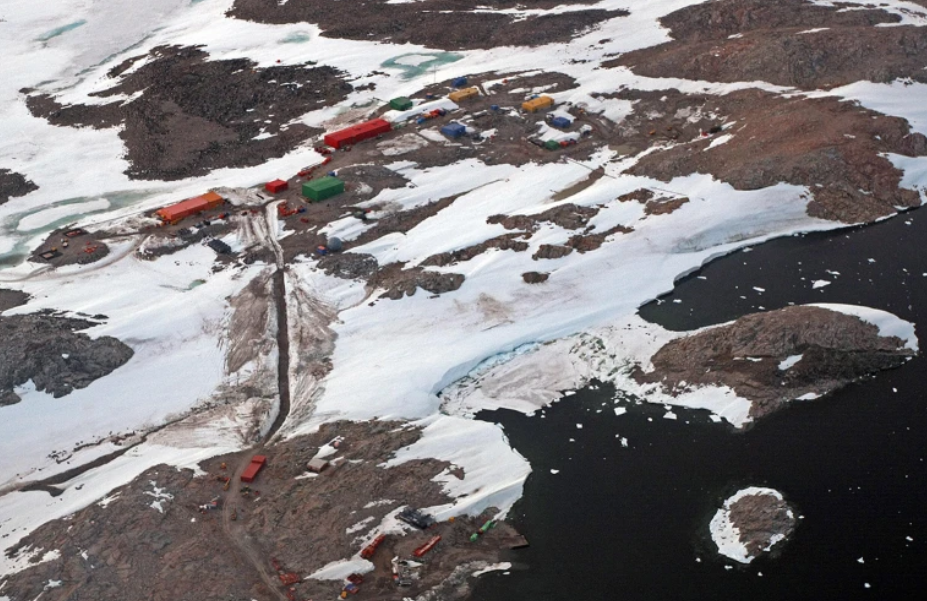Antarctic research stations have polluted a pristine wilderness. Historical bad practices have left a legacy of pollution, but efforts are under way to chart a better future.
Antarctica is often described as one of the most pristine places in the world, but it has a dirty secret. Parts of the sea floor near Australia’s Casey research station are as polluted as the harbor in Rio de Janeiro, Brazil, according to a study published in PLOS One in August1.
The contamination is likely to be widespread across Antarctica’s older research stations, says study co-author Jonathan Stark, a marine ecologist at the Australian Antarctic Division in Hobart. “These contaminants accumulate over long time frames and don’t just go away,” he says.
Antarctic research stations have polluted a pristine wilderness
Stark and his colleagues found high concentrations of hydrocarbons—compounds found in fuels—and heavy metals, such as lead, copper and zinc. Many of the samples were also loaded with polychlorinated biphenyls, highly carcinogenic chemical compounds that were common before their international ban in 2001.
When the researchers compared some of the samples with data from the World Harbour Project, an international collaboration that tracks large urban waterways, they found that lead, copper and zinc levels in some cases were similar to those seen in parts of Sydney Harbour and Rio de Janeiro over the past two decades.
Widespread pollution
The problem of pollution is not unique to Casey Station, says Ceisha Poirot, manager of policy, environment and safety at Antarctica New Zealand in Christchurch. “All national programs are dealing with this issue,” she says. At New Zealand’s Scott Base, which is being redeveloped, contamination left from past fuel spills and poor waste management has been detected in soil and marine sediments. More of this historical pollution will emerge as the climate warms, says Poirot. “Things that were once frozen in the soil are now becoming more mobile,” she says.
Most of Antarctica’s contamination is due to historically poor waste management. In the old days, waste was often just dumped a short distance from research stations, says Terence Palmer, a marine scientist at Texas A&M University–Corpus Christi.
Read more at nature.com
Photo: nature.com


Leave a Reply